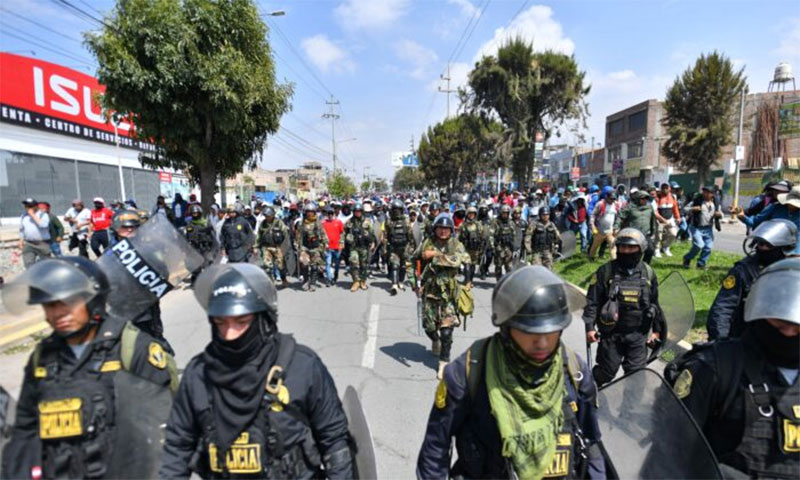
On first inspection, Peru and China, 11,000 miles apart, appear to have very little in common. However, the two countries share a very close history.
As the academic Justina Hwang has noted, in the space of 25 years, between 1849 and 1874, more than 100,000 unskilled workers, many of them from China, arrived in Peru. Having recently abolished slavery, Peru was amid a worker shortage. This allowed “the importation of an indentured workforce of Chinese laborers in order to meet Peruvian need for labor,” wrote Hwang.
Fast forward to 2022, and Peru is home to around 60,000 Chinese people. Some researchers suggest that the Chinese community is much higher, possibly exceeding 1 million. If accurate, this means for every 33 people, there is one of Chinese descent. Besides sharing strong historical and demographic ties, China and Peru also share an incredibly close economic bond. However, as Peru falls deeper into crisis, its relationship with China is sure to be tested.
On Dec. 14, the South American country announced a nationwide state of emergency. The announcement, which granted police officers special powers and largely prevented people from assembling on the streets, came after a week of violent protests that, as Reuters reported, have resulted in at least eight deaths.
The protests came shortly after the former president, Pedro Castillo, was ousted from office and arrested after illegally trying to dissolve the country’s Congress. As tensions continue to flare, the world watches on with bated breath. One imagines that the Chinese Communist Party (CCP) is particularly perturbed by the goings on in the Andean state.
---------------------------
















